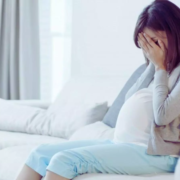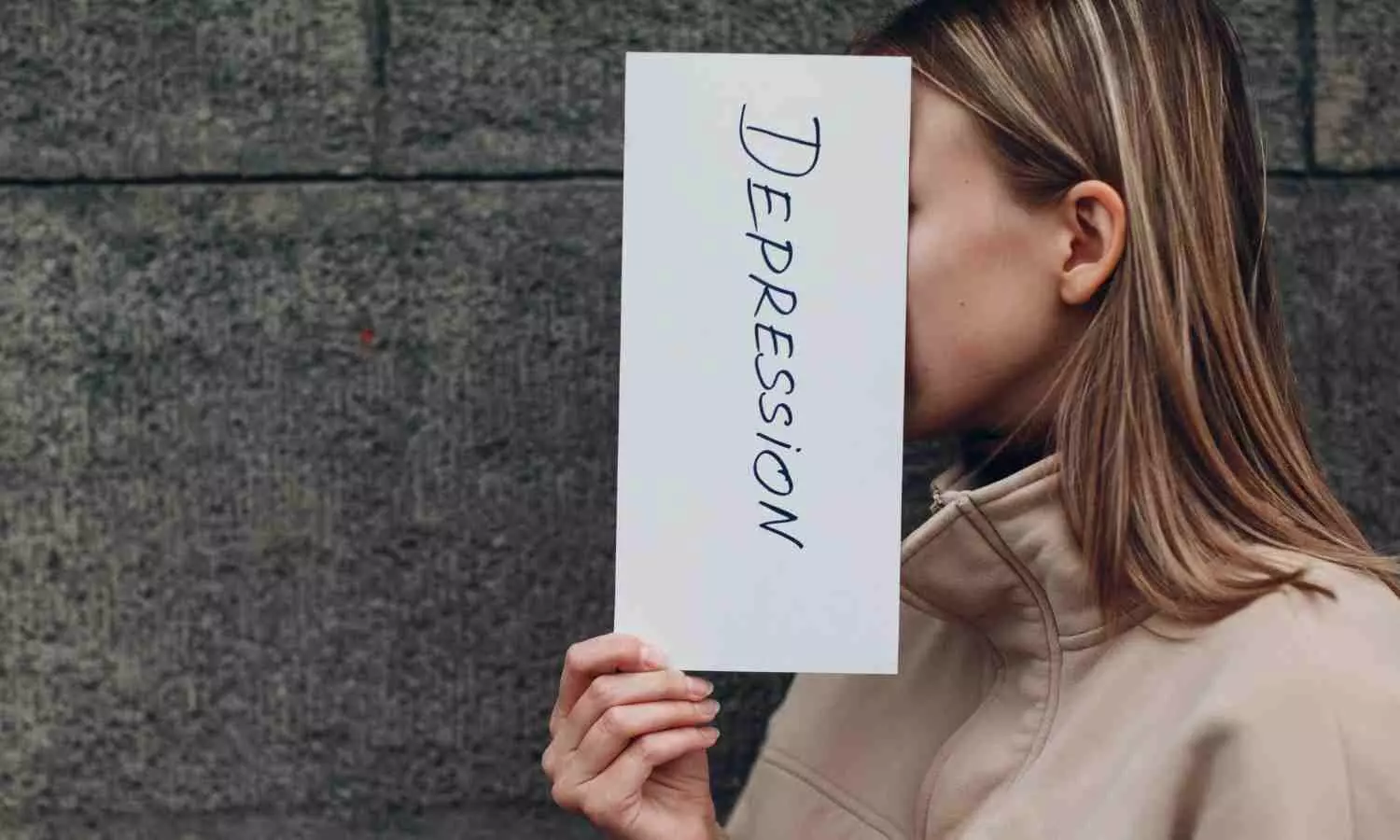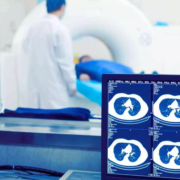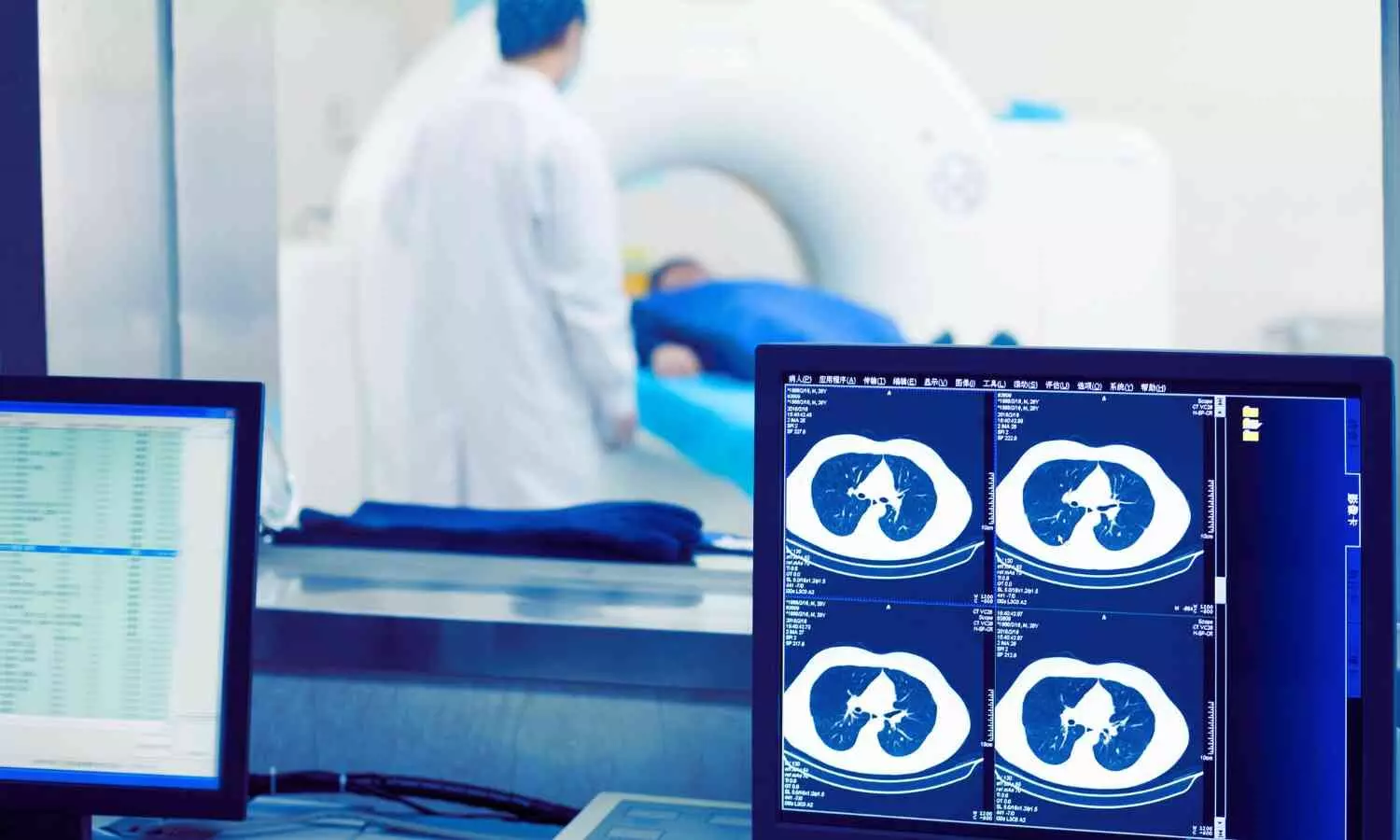NPPA Panel Defers Biological E’s Pneumonia Vaccine Price Exemption, Seeks Clarification

New Delhi: The National Pharmaceutical Pricing Authority (NPPA)’s Multidisciplinary Committee of Experts has asked Biological E Limited to submit inputs and clarifications regarding the composition of its Pneumococcal Polysaccharide Conjugate Vaccine ((PNEUBEVAX 14), before it decides on the company’s application for exemption under Para 32 (i, ii & iii) of the DPCO, 2013.
The matter was taken up during the 69th meeting of the Multidisciplinary Committee held on July 3, 2025, chaired by Shri Sanjay Kumar, Advisor (Cost). It had previously been listed in the 64th, 66th, and 67th meetings, but was deferred each time pending comments from the Department for Promotion of Industry and Internal Trade (DPIIT).
As recorded in the minutes, “the matter was earlier placed in 64th meeting of MDC held on 6.12.2024, wherein the agenda was deferred and the committee directed that the matter may be pursued with DPIIT for nomination of suitable officer.” A DPIIT representative eventually attended the 66th meeting and informed the Committee that “the subject application as forwarded by NPPA is at an advanced stage of examination.”
However, in the 67th meeting held on 02.04.2025, “neither any comments have been received nor the meeting was attended by representative of DPIIT. Accordingly, the Committee deferred the agenda and directed to pursue the matter with DPIIT for early inputs in the matter.”
At the 69th meeting, an officer from DPIIT provided written inputs. As per the minutes:
“It has been also informed that in claim 1 submitted to the patent office, strength of each serotype is not mentioned. However, the strengths are mentioned in claim 6 submitted to the patent office.”
Additionally, “O/o CGPDTM has highlighted that strength of each serotype is different in granted claim 6 and composition mentioned in application filed to NPPA. The applicant mentioned the strength in application filed to NPPA as per DCGI approval.”
It was further noted that:
“O/o CGPDTM has also informed that ‘it is observed that the composition as specified in Row 4 of Form-1 dated 21/04/2023 and the claims granted by Indian Patent Office in this matter are almost equivalent when the granted claim 1 is read with claim 6.’”
In light of these submissions, the Committee stated:
“Accordingly, the Committee after deliberations directed to get the inputs/clarification of the applicant company in view of inputs of the DPIIT before final taking the final decision in the matter.”
Biological E’s application pertains to its patented vaccine product PNEUBEVAX 14 and requests exemption from price control under Para 32 of the Drugs (Prices Control) Order, 2013, which allows such exemptions for new patented drugs.
Powered by WPeMatico







